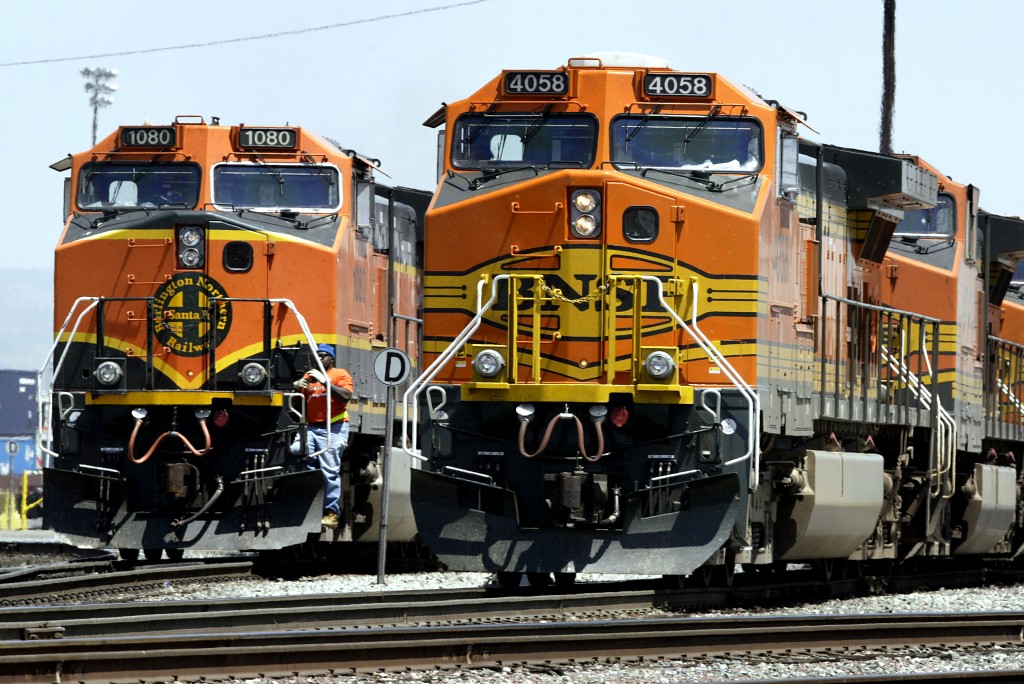As oil production volumes from the Bakken Shale formation zoomed past 1 million barrels, farmers watched their grain inventories pile up because they have not been able to book rail shipping capacity fast enough. This article highlights shifting commodity production, pricing and transportation dynamics as the US oil output renaissance coincides with record grain production. However, while the farmers’ plight is clearly identified, the story falls short of discussing the use of pipelines as a potential solution. [New York Times]
The “stranded asset” concept has gained significant traction this year, but a new paper suggests institutional investors could more easily divest their stakes in coal companies than oil and gas firms. “Coal equities are less than 5% of the total value of oil and gas equities, and have already trended down nearly 50% in the past five years. Some US firms have lost more than 90% of their stock value.” [Bloomberg New Energy Finance]
The Aspen Institute released a report that argues the US wholesale power pricing system is outdated and should be reconfigured to more accurately address shifting supply sources, patterns and demand trends. “Block prices worked in the past when electricity sources were monolithic, confined to large utilities. That type of utility pricing is much less appropriate now that affordable distributed resources are filling previously unmet needs and quickly expanding our ways of handling electricity.” [CleanTechnica]

